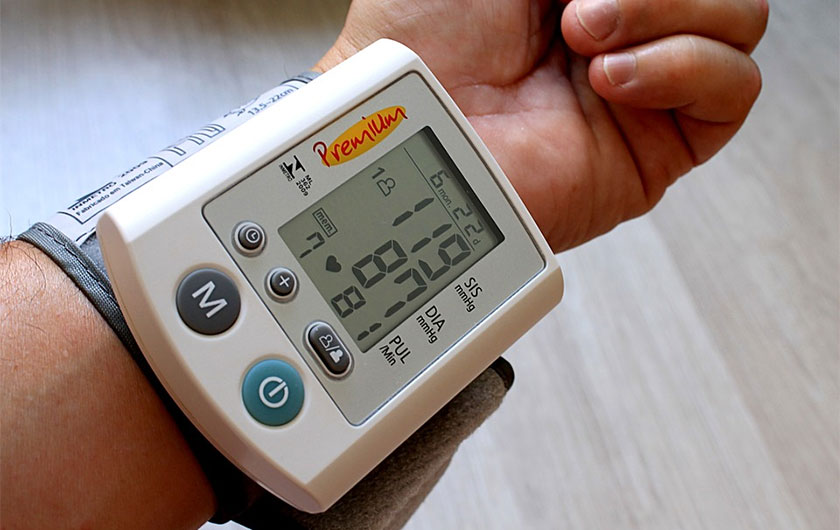
Circulatory strain is the constrain of the blood pushing against the dividers of the conduits. Each time the heart pulsates, it draws blood through the courses. Your circulatory strain is at its most astounding when the heart thumps, compelling blood into the veins. This is called systolic weight. At the point when the heart is very still, between thumps, your circulatory strain falls. This is the diastolic weight. Pulse is constantly given as two numbers, the systolic and diastolic weights. Both are critical.
The systolic weight is the first or top number, and the diastolic weight is the second or base number (for instance, 120/80). On the off chance that your pulse is 120/80, you say that it is "120 more than 80".
It is critical to find a way to monitor your circulatory strain. The treatment objective is to keep circulatory strain beneath 140/90, or even lower for individuals with different conditions, for example, diabetes and kidney malady.
Receiving sound way of life propensities is a fundamental and powerful initial phase in both averting and controlling hypertension. Be that as it may, if way of life changes alone are not compelling in keeping your weight controlled, it might be important to take circulatory strain meds.
The accompanying sorts of meds are accessible to treat hypertension:
1. Diuretics: Diuretics are once in a while called water pills since they work in the kidney and flush overabundance water and sodium from the body, bringing down pulse.
2. Beta-blockers: Beta-blockers decrease nerve motivations to the heart and veins. This makes the heart beat slower and with less compel. Thus of these medications, the circulatory strain drops and the heart works less hard.
3. Pro inhibitors: Angiotensin changing over catalyst (ACE) inhibitors keep the development of a hormone called angiotensin II, which regularly causes veins to limit. The ACE inhibitors make the vessels unwind and circulatory strain goes down.
4. Angiotensin enemies: Angiotensin foes shield veins from angiotensin II. Accordingly, the vessels wind up noticeably more extensive and pulse goes down.
5. Calcium channel blockers (CCBs): CCBs shield calcium from entering the muscle cells of the heart and veins. This makes the veins unwind and weight goes down.
6. Alpha-blockers: Alpha-blockers diminish nerve motivations to veins, which enables blood to pass all the more effectively, creating the pulse to go down.
7. Alpha-beta-blockers: Alpha-beta-blockers work an indistinguishable route from alpha-blockers additionally moderate the pulse, as beta-blockers do. Therefore of utilizing these medications, less blood is pumped through the vessels and the circulatory strain goes down.
8. Sensory system inhibitors: Nervous framework inhibitors unwind veins by controlling nerve driving forces, and this makes the veins wind up noticeably more extensive and the circulatory strain to go down.
9. Vasodilators: Vasodilators specifically open veins by unwinding the muscles in the vessel dividers, bringing about the pulse to go down.
